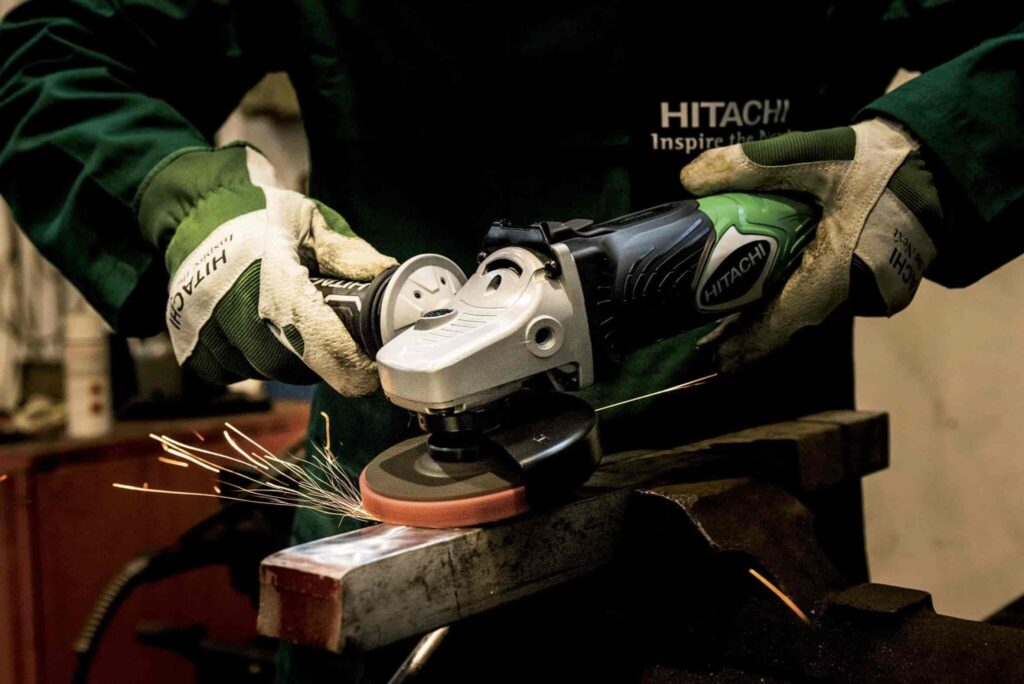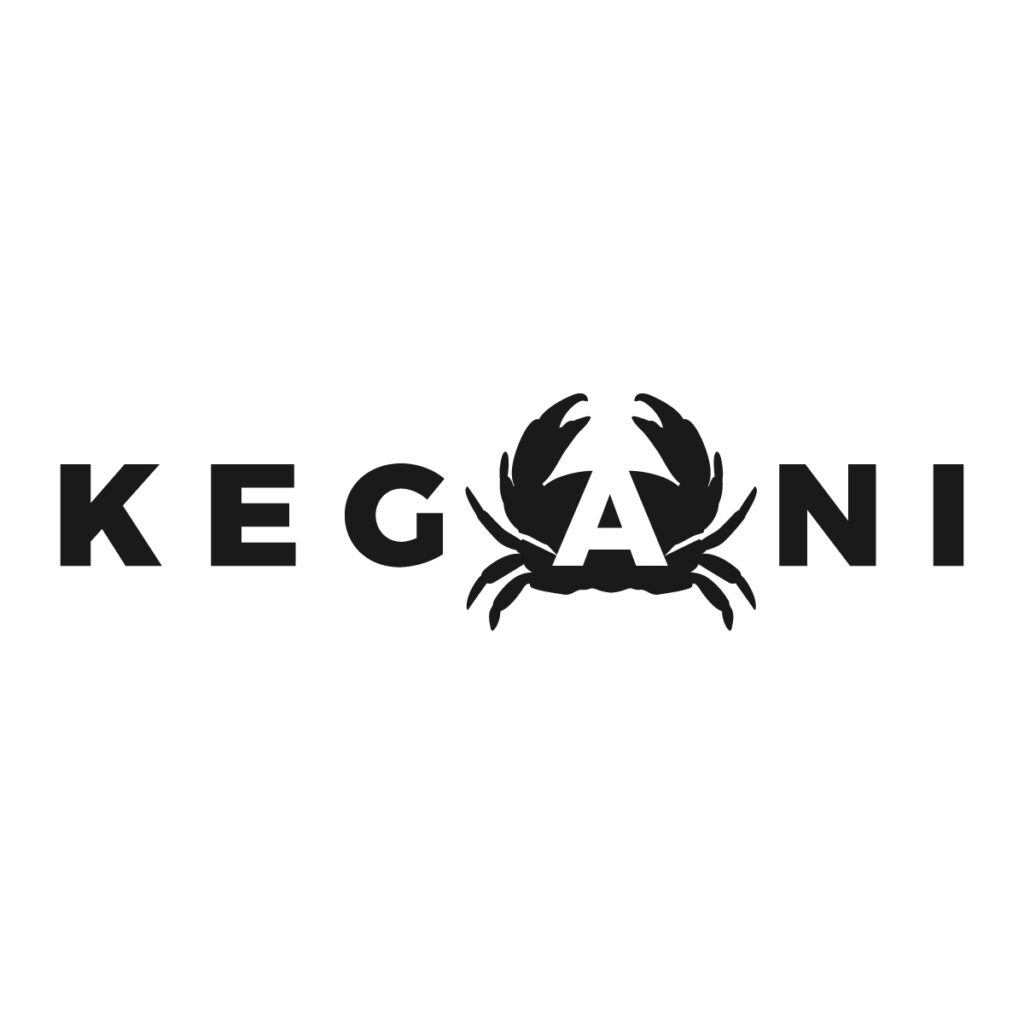52100 steel is a high-carbon alloy, famous for one dominant trait: exceptional toughness.
For knife sellers like you, it represents a high-performance carbon steel. It resists chipping far better than most high-hardness steels.
This guide cuts through the technical jargon. We provide the core data you need to evaluate 52100 for your product line and help you communicate its value to your customers.
What is 52100 Steel?

Engineers originally designed 52100 as a bearing steel to withstand extreme friction and crushing force. For knives, this origin translates directly into superior edge stability and high toughness.
This toughness comes from its fine-grained structure. Its lean (low) alloy content helps form this structure, but it requires a precise heat-treatment process to get the final result.
This makes 52100 a top choice for hard-use outdoor knives, choppers, and high-performance carbon steel kitchen knives. In these applications, toughness is the key selling point.
52100 Steel Composition
| Element | Content (%) | Role |
| Carbon (C) | 0.98% – 1.10% | The core element for hardness and edge retention. |
| Chromium (Cr) | 1.30% – 1.60% | Increases hardenability, wear, and toughness. |
| Manganese (Mn) | 0.25% – 0.45% | Aids in hardenability and deoxidizes the steel. |
| Silicon (Si) | 0.15% – 0.30% | Removes oxygen during the steel-making process. |
| Phosphorus (P) | < 0.030% | An impurity (kept low). |
| Sulfur (S) | < 0.025% | An impurity (kept low). |
52100 gets its performance directly from its lean, high-carbon composition. Around 1.0% carbon provides the high hardness.
The key is its “low-alloy” nature: Minimal alloys (about 1.5% chromium) allow it to form a very fine-grain structure during heat treatment. This fine grain is the secret to its exceptional toughness. That 1.5% of chromium is there to aid hardenability, not to prevent rust.
Start Working with a Professional Now
52100 Steel Properties

We reference data from Knife Steel Nerds (KSN), combined with practical application, to quantify its performance.
| Performance Attribute | Data/Rating | Notes (B2B Perspective) |
| Toughness | 8.5 / 10 (KSN) | Core selling point. More than double the toughness of D2 (3.5). |
| Edge Retention | 2.0 / 10 (KSN) | Better than 1095 (1.5), but lower than D2 (5.0). |
| Corrosion Resistance | 0.5 / 10 (KSN) | Main drawback. It is a pure carbon steel. |
| Ease of Sharpening | Good (Easy) | Easy to sharpen due to low wear resistance (fewer hard carbides). |
| Hardness (HRC) | 60-64 HRC (up to 66) | This is the optimal heat-treat range for balancing toughness and hardness. |
Toughness
This is 52100’s strongest attribute. KSN’s 8.5/10 high score is more than double that of D2 (3.5/10) and 440C (4.0/10). What does this mean? It means a 52100 blade can take impacts and lateral stress (twisting in a cut) that would be enough to make D2 or 440C chip or fracture.
- It supports very sharp (thin) edge angles without micro-chipping: This is a direct benefit of high toughness, allowing for a “razor-sharp” edge.
- It resists micro-chipping: Even at high hardness, its edge is more stable and durable in use than coarser-grained steels.
Edge Retention
KSN’s 2.0/10 score shows it will need sharpening faster than “super steels” like MagnaCut (5.0). However, it is still better than 1095 (1.5). This is a necessary trade-off for extreme toughness and ease of sharpening.
Start Working with a Professional Now
Ease of Sharpening
This is a direct benefit of its low wear resistance. 52100 does not contain large, hard-to-grind vanadium carbides (like those in S30V). It returns to a razor edge with just a few passes on a stone or strop—a key selling point for users who maintain their own tools.
Corrosion Resistance
This is its biggest drawback. The 0.5/10 rating confirms it will rust quickly. You must tell your end-users this is a tool that needs “active maintenance” (cleaning and oiling after use). It is not for humid environments or for users who neglect their gear.
Price and Sourcing
52100’s raw material cost is very low. However, the manufacturing process drives the final cost. This steel needs a precise and complex heat treatment to achieve its famed performance.For a B2B buyer like you, this means a cheap 52100 knife likely has a poor heat treat. Choosing a knowledgeable manufacturer (like us) is key to ensuring your product lives up to the 52100 reputation.
52100 Steel vs. Other Popular Steels

52100 Steel vs. 1095 Steel
1095 is the standard “entry-level” carbon steel, while 52100 is “performance-grade.” The added chromium in 52100 makes it a clear performance upgrade: it’s tougher and holds an edge slightly longer.
| Attribute | 52100 (KSN) | 1095 (KSN) |
| Toughness | 8.5 / 10 | 7.5 / 10 |
| Edge Retention | 2.0 / 10 | 1.5 / 10 |
| Corrosion Resistance | 0.5 / 10 | 0.5 / 10 |
| Ease of Sharpening | Good (Easy) | Excellent (Very Easy) |
Conclusion: Choose 52100 if your customers need a high-performance carbon steel that is tougher and more wear-resistant than 1095.
52100 Steel vs. D2 Steel
This is the “King of Toughness” (52100) vs. the “Wear Resistance Monster” (D2). D2’s edge retention is more than double that of 52100, but the trade-off is extremely low toughness and difficulty in sharpening.
| Attribute | 52100 (KSN) | D2 (KSN) |
| Toughness | 8.5 / 10 | 3.5 / 10 |
| Edge Retention | 2.0 / 10 | 5.0 / 10 |
| Corrosion Resistance | 0.5 / 10 | 3.5 / 10 |
| Ease of Sharpening | Good (Easy) | Difficult |
Conclusion: Choose 52100 for applications needing extreme toughness and fine edges (like kitchen knives or choppers) where the user is willing to do maintenance. Choose D2 for heavy-cutting tools where long-term edge holding is the priority.

52100 Steel vs. 440C Steel
This is a classic carbon vs. classic stainless comparison. Your choice depends on if your customer values “toughness” or “low maintenance” more.
| Attribute | 52100 (KSN) | 440C (KSN) |
| Toughness | 8.5 / 10 | 4.0 / 10 |
| Edge Retention | 2.0 / 10 | 3.5 / 10 |
| Corrosion Resistance | 0.5 / 10 | 7.0 / 10 |
| Ease of Sharpening | Good (Easy) | Moderate |
Conclusion: Choose 52100 for high-performance knives where the user group will sacrifice rust resistance for superior toughness. Choose 440C for mainstream knives that need good all-around performance and low maintenance.
Best Uses for 52100 Steel Knives

52100’s properties make it ideal for specific applications.
- Hunting and Outdoor Knives: Its high toughness makes it a perfect choice for field dressing and camp tasks, as it can withstand impacts without chipping.
- High-Performance Kitchen Knives: Custom and high-end kitchen knives (like chef knives) use 52100 because it can hold an extremely sharp, fine edge. Users in this market often appreciate a carbon steel “patina.”
- Bushcraft Knives: A great fit for blades that need to be tough enough for chopping while still being easy to sharpen in the field.
52100 Limitations
The main drawback is extremely poor corrosion resistance. 52100 is not for the “use it and forget it” customer. It is not suitable for saltwater or high-humidity environments without constant care.
Conclusion
52100 is a classic, high-performance carbon steel. It trades rust resistance for exceptional toughness, high hardness, and excellent edge stability. It is a steel for “knife enthusiasts” and pro users. Your customers of this type prioritize cutting performance and are happy to maintain their tools.
Partner With Us for Your 52100 Steel Knife Line

Sourcing high-performance carbon steel knives means you need a manufacturing partner who understands heat treatment. We are experts in handling specialized steels like 52100 and know how to unlock their full potential.
We offer complete supply chain solutions:
- OEM Manufacturing: We build custom knife designs to your exact specifications.
- Private Label Services: Put your brand on our line of proven, high-quality blades.
- Wholesale Options: Stock your inventory with our proven, high-performance knives.
Contact us today for a free consultation, and let us help your brand stand out.
Frequently asked questions
What is 52100 steel equivalent to?
The most common equivalents (different names for the same steel) include 100Cr6 (German/DIN), SUJ2 (Japanese), and GCr15 (Chinese).
Does 52100 steel rust easily?
Yes. It is a low-chromium, high-carbon steel and is not stainless. It will rust quickly if left wet and requires the user to clean and oil it after use.
Is 52100 easy to sharpen?
A: Yes. For a steel this hard, most users find it relatively easy to sharpen. Its fine-grained structure does not contain large, wear-resistant carbides, so it responds very well to sharpening stones.
What are the main disadvantages of 52100 steel?
A: The biggest disadvantage is its extremely poor corrosion resistance. It requires diligent maintenance from the user and is not a good choice for beginners or those who need a low-maintenance knife.

